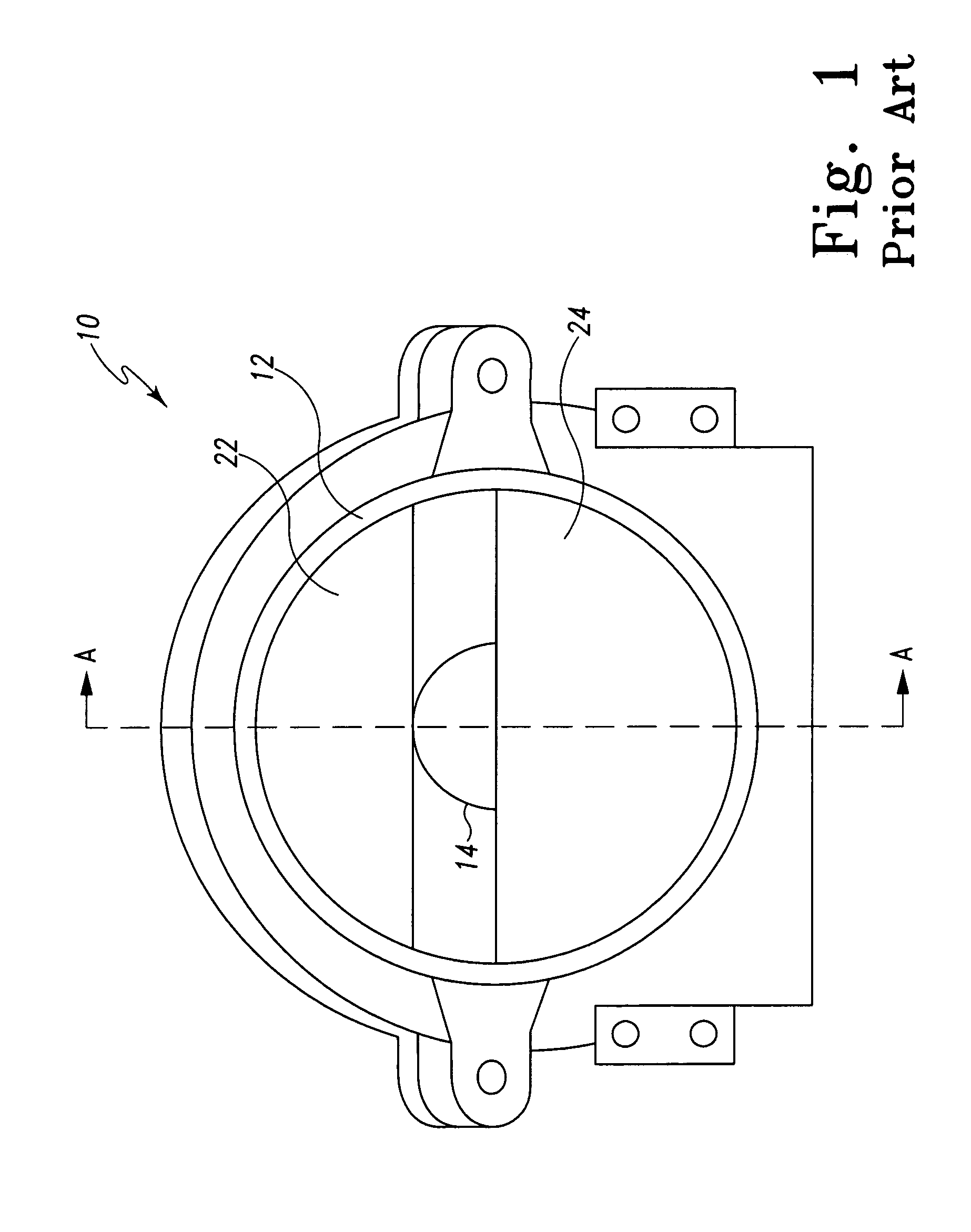Adverse weather headlamp system
a headlamp and reverse weather technology, applied in vehicle interior lighting, transportation and packaging, light and heating equipment, etc., can solve the problems of reducing the visibility range of the driver, reducing the range of the driver's automobile headlamp assembly, and reducing the range of the driver's visibility, so as to prevent foreground glare, and reduce the amount of light emitted
- Summary
- Abstract
- Description
- Claims
- Application Information
AI Technical Summary
Benefits of technology
Problems solved by technology
Method used
Image
Examples
Embodiment Construction
[0020]The embodiments of the adverse weather headlamp system described herein comprises many of the same components as the typical front lamp assembly 10 of FIGS. 1 and 2. Accordingly, many of the same reference numbers are used in FIGS. 3–7 as were used in FIGS. 1–2. FIG. 3a shows a perspective view of an automobile 34 with an adverse weather headlamp system 28. As shown in FIG. 3a, this embodiment comprises two high / low beam lamp assemblies 50, a driver's side driving lamp 52 and a passenger side driving lamp 54. By either providing power to the high / low beam lamp assemblies 50 or to the driving lamps 52 and 54 the driver can switch between a high or low beam or a reduced low beam setting. Both the high / low beam lamp assemblies 50 and driving lamps 52 and 54 are projector headlamp assemblies.
[0021]FIG. 4 shows a cross-sectional view of driver's side driving lamp 52 along line B—B of FIG. 3a. As shown in FIG. 4, driver's side driving lamp comprises light source 14 located behind ex...
PUM
 Login to View More
Login to View More Abstract
Description
Claims
Application Information
 Login to View More
Login to View More - R&D
- Intellectual Property
- Life Sciences
- Materials
- Tech Scout
- Unparalleled Data Quality
- Higher Quality Content
- 60% Fewer Hallucinations
Browse by: Latest US Patents, China's latest patents, Technical Efficacy Thesaurus, Application Domain, Technology Topic, Popular Technical Reports.
© 2025 PatSnap. All rights reserved.Legal|Privacy policy|Modern Slavery Act Transparency Statement|Sitemap|About US| Contact US: help@patsnap.com



